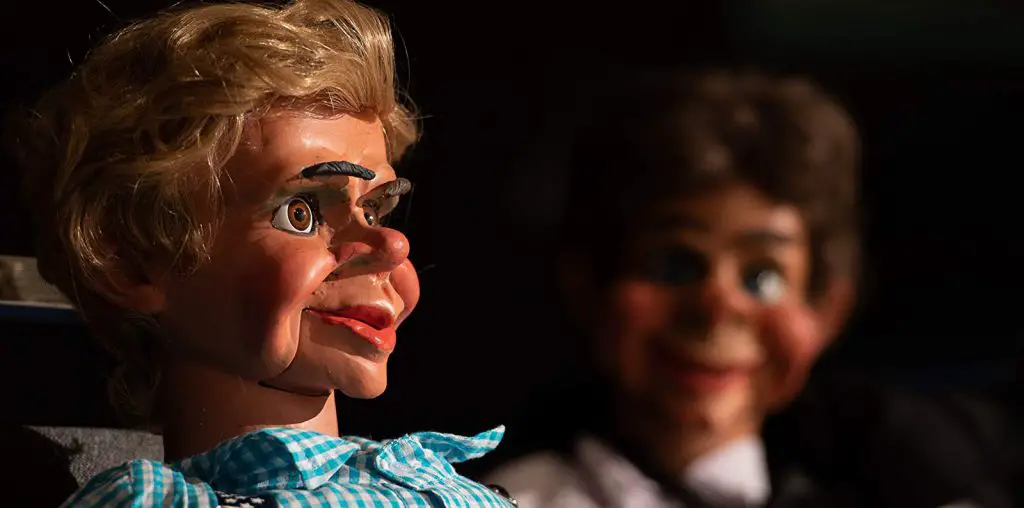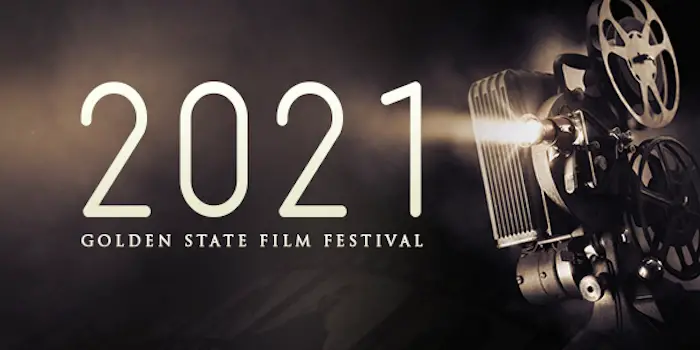
BOOTLEG FILES 151: “The Witches” (1966 Italian hodgepodge with Clint Eastwood).
LAST SEEN: We cannot confirm the last public screening of this title.
AMERICAN HOME VIDEO: As far as we can determine, no.
REASON FOR DISAPPEARANCE: A lousy movie with a poor reputation.
CHANCES OF SEEING A DVD RELEASE: Possible, but nothing is in the works.
This week’s entry in the Bootleg Files is one of the most obscure films we’ve featured, which is ironic since the film has one of the most influential movie icons in its cast and boasts the talents of three world-renowned directors. The film in question is “The Witches,” an Italian hodgepodge designed to rejuvenate the career of a waning star.
That star was Silvana Mangano, who created an international sensation in 1947 with the neo-realist “Bitter Rice.” Mangano had two things in her favor: she was drop-dead gorgeous and she was married to producer Dino de Laurentiis. Strangely, Mangano never enjoyed another role on par with “Bitter Rice” and a pair of Italian lovelies who had more success in movies quickly eclipsed her: Gina Lollobrigida and Sophia Loren.
By the mid-1960s, de Laurentiis worked to jumpstart Mangano’s stagnant career by bringing together Italy’s finest filmmakers in a five-part anthology feature. Mangano would star in each of the five short films, thus showing the depth and scope of her talents. However, a fatal combination of unworthy material and an actress out of her class made “The Witches” a soggy mess.
Luchino Visconti directed the first segment, “The Witch Burnt Alive.” Mangano plays a famous actress who arrives at a swank mountain resort, followed by a ravenous pack of paparazzi. When she is not in her suite yelling on the phone at her husband, she is wandering the resort and generating mixed reactions (the women are jealous, the men want to make love to her).
The second segment, “Community Spirit,” finds Mangano as a motorist who offers to take a man injured in a car accident to the hospital. She winds up being anything but helpful in her efforts to bring the man to proper medical care. Mauro Bolognini directed this segment.
Next comes “Earth Seen From the Moon,” directed by Pier Paolo Pasolini. A lonely widower (the sublime Italian comic actor Toto) searches the countryside to find a woman who will become his wife; his adult son, who is eager for a stepmother, joins him in this quest. After being rebuffed repeatedly, they find their answer in a deaf-mute woman with green hair (Mangano). This new family is happy for a while, until bizarre changes start to happen.
The whimsy of the Pasolini segment is abruptly followed by the fury of “The Sicilian” directed by Franco Rossi. Mangano is a woman who is betrayed by her lover, and her father decides that revenge is in order. Anyone who harbors stereotypes of hotheaded Sicilians eager for gruesome vendettas will find those notions confirmed here.
The final segment comes from Vittorio De Sica. “A Night Like Any Other” finds Mangano as the easily bored wife of a workaholic banker. She escapes into elaborate daydreams fashioned on the pop art style that was the vogue in the mid-1960s. Her befuddled husband somehow morphs into these fantasies and needs to rescue her from the various situations into which she has imagined herself (at one point Flash Gordon and Batman happily abduct her!).
The fifth segment is of most interest today because the banker is played by, of all people, Clint Eastwood. As Eastwood would later recall, he was in Italy shooting the Sergio Leone spaghetti Westerns when an invitation came to appear in the De Sica-directed segment. Eager to work with the influential filmmaker, Eastwood happily took the assignment. However, De Sica’s segment was far removed from the gritty neo-realism that established his career. With his garish production design and outrageous scenarios, De Sica seemed to be trying to outdo Fellini for surreal excess. Eastwood, who was never entirely comfortable doing broad comedy, is conspicuously ill at ease during the whole time he is on screen. De Laurentiis later rewarded Eastwood’s participation in the film by giving him a Berlinetta Ferrari; Eastwood had little use for the vehicle and later sold it; the car made headlines again when it was sold in a 2004 auction in Gstaad, Switzerland,
But Eastwood is hardly alone in his lack of comfort. Mangano clearly never gets a handle on any of the five roles she is asked to perform. Her acting ranges from icy remoteness to embarrassing overacting. She is positioned as a movie star, but she has no movie to fuel her stellar wattage. Throughout “The Witches,” she is constantly upstaged either by her co-stars (particularly the brilliantly hammy Toto in the Pasolini segment and Alberto Sordi as the injured passenger in the Bolognini segment), or by the overkill in the film’s art direction and set design (the palatial resort of the Visconti segment and the garish fantasy world of De Sica’s offering), or by the too-much-of-a-good-thing costuming she is forced to bear (as the green-haired deaf-mute or as the daydream damsel in distress).
In case you are wondering why the film is called “The Witches,” good luck – the title is never explained anywhere in the movie. Anyone looking for Margaret Hamilton-worthy Wiccanism won’t find it here.
“The Witches” was always viewed as a problem property. It was shot in 1965, but Italian audiences didn’t see it until 1967. American audiences didn’t see it until 1969, at which point the film’s four Italian-language segments were carelessly dubbed into English (the De Sica-Eastwood segment was shot in English). Despite the misleading poster art that featured Eastwood wearing his Man With No Name poncho and sneer, American audiences ignored “The Witches.”
As far as I can determine, “The Witches” was never released in U.S. home entertainment channels. I am unaware of any problem concerning the rights to the film, and it seems odd that a title with the De Sica-Visconti-Pasolini-Eastwood name recognition would languish out of release. But at this late date, “The Witches” is nowhere to be found. Bootleg copies are hard to locate – I received mine, a pan-and-scan second-generation dupe, from a private collector.
“The Witches” may turn up some day on DVD, but it will inevitably disappoint those who come to it. Hey, you can’t win ‘em all!
IMPORTANT NOTICE: The unauthorized duplication and distribution of copyright-protected material is not widely appreciated by the entertainment industry, and on occasion law enforcement personnel help boost their arrest quotas by collaring cheery cinephiles engaged in such activities. So if you are going to copy and sell bootleg videos, a word to the wise: don’t get caught. The purchase and ownership of bootleg videos, however, is perfectly legal and we think that’s just peachy! This column was brought to you by Phil Hall, a contributing editor at Film Threat and the man who knows where to get the good stuff…on video, that is.
Discuss The Bootleg Files in Back Talk>>>


The ONLY time Clint Eastwood and Toto’ were ever in the same film!